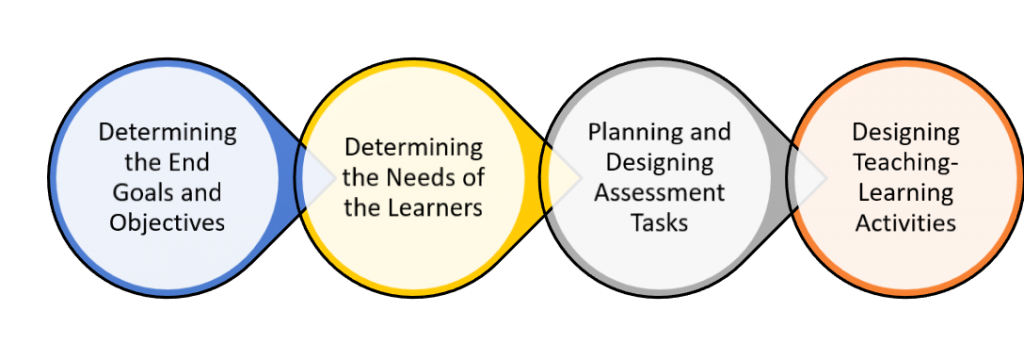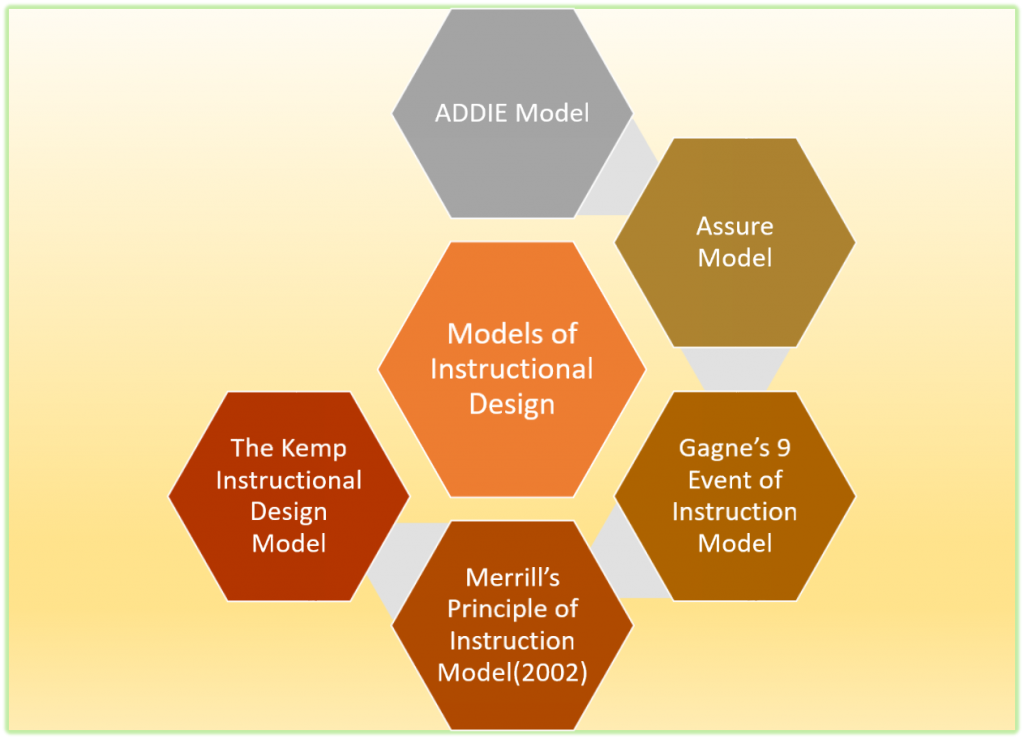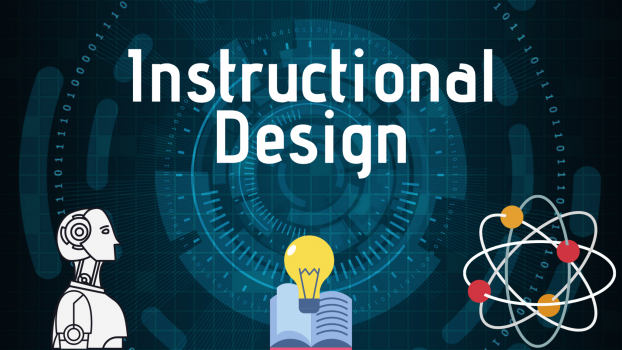Instructional Design, also known as Instructional System Design, refers to a structured development of learning experiences using appropriate and dynamic teaching methodologies in alignment with the learning objectives. It entails creating learning material, both digital and physical, which should be used to deliver lessons that fulfill pre-decided learning objectives. Read further to learn more about the characteristics of an Instructional Design and some prevalent instructional design models.
What is Instructional Design?
The established trends in education are changing with the advent of new technology. This is easing the process of teaching-learning, which is where Instructional Design comes in. It is the process of designing, developing, and delivering online learning materials/products and targeted experiences to learners. These learning products may include various instructional materials such as online courses, instructional manuals, video tutorials, learning simulations, and so on.
Instructional Designers are responsible for producing these materials. They are the designated architects of learning experiences and directors of the Instructional System Design (ISD) process. What’s more, they are the people responsible for devising and providing learning products for K-12, higher education, and government organizations.
Attributes of Instructional Design
Numerous Instructional Design models are already available on the Internet. However, the components of these models are often similar, and they include analysis, design, development, and evaluation.
- Analysis – Instructional designers examine the reasons for producing learning material and training requirements. They also pay attention to the needs of learners.
- Design and Development – Instructional designers outline and develop the instructional material, along with the methods of delivering them.
- Evaluation – Instructional designers determine the end goal of the learning objectives provided by the instructional material. This is done through a variety of techniques where a learner’s skills are assessed.
Instructional Designing Process

The main objective here is to focus on the needs of learners. As a result, Instructional Design is a learner-oriented approach. It proceeds as follows:
- The process begins with determining the needs of the learners.
- Determining the end goals and objectives of the instructions comes next.
- After establishing the goals and objectives, the planning and designing of the assessment tasks takes place.
The final process involves designing the teaching and learning activities to ensure the quality of instructions.
Some Proposed Instructional Design Models

Instructional Design is based on certain principles that are followed while designing instructions for particular course material. Instructional designers produce these instructions following a set of steps. The steps are then incorporated into models of instructional design.
These steps should meet all the requirements of the teaching-learning process conducted using the instructional material. While there are many models, the following five are the most common ones-
- ADDIE (Analysis, Design, Development, Implementation, Evaluation) Model
- Assure Model
- Gagne’s 9 Events of Instruction Model
- Merrill’s Principles of Instruction Model
- Kemp’s Model
Strengths and Limitations
Instructional Design is a strong learning tool primarily because of the following reasons.
- Cost-Effective: The lessons are easily accessible to learners at a low cost.
- Customization of Training: It allows teachers to create customized lessons for training learners.
- Student-centered Learning: Students participate in the learning process, which makes it easy to gain and retain knowledge. With this method, knowledge acquisition becomes a practical process.
- Result-oriented: Lessons focus on achieving results without interference from unnecessary distractions.
- Consistent Approach: Teachers can use the same instructional material repeatedly and yet maintain originality in the teaching-learning process.
Although Instructional Design is a handy tool for learning instructors, it does have its share of limitations.
- Cost: The cost factor is a double-edged sword here. The low cost of availing instructional material is an advantage for learners. However, a huge workforce, along with the latest technology and equipment, is essential for instructional material development. This costs a lot of money. As a result, the producers of instructional material may suffer.
- Quality: The quality of the instructional material can differ if it is not produced by expert instructional designers.
- Requires Adequate Training: Teachers require adequate training to use and operate the new technology.
- Lack of Resources: Instructional material cannot be accessed if there is a lack of adequate resources, such as appropriate electronic devices and a stable internet connection.
- Requires Guidance: Instructional materials may not always be the best tool for learning as they may not contain detailed information on a particular topic. A teacher or facilitator should guide learners through these materials.
Real-World Implications and the Future
Instructional Learning is a constructive approach to the teaching-learning process. Additionally, many label it as a cost-effective e-learning approach. This enables the creation of an effective, stable, and experiential learning environment. What’s more, the 3-D technology used in instructional learning allows a teacher to virtually turn anything into a form of digital reality at a surprisingly low cost.
Technology-related learning ventures provide many opportunities for the application of instructional theories. This, in turn, provides a pathway to achieve the desired learning outcomes. The future holds great opportunities for Instructional Design.
The following website was referred to while researching this article:
Visit our blog for further reading about e-Learning.
Create.Engage.Inspire.















